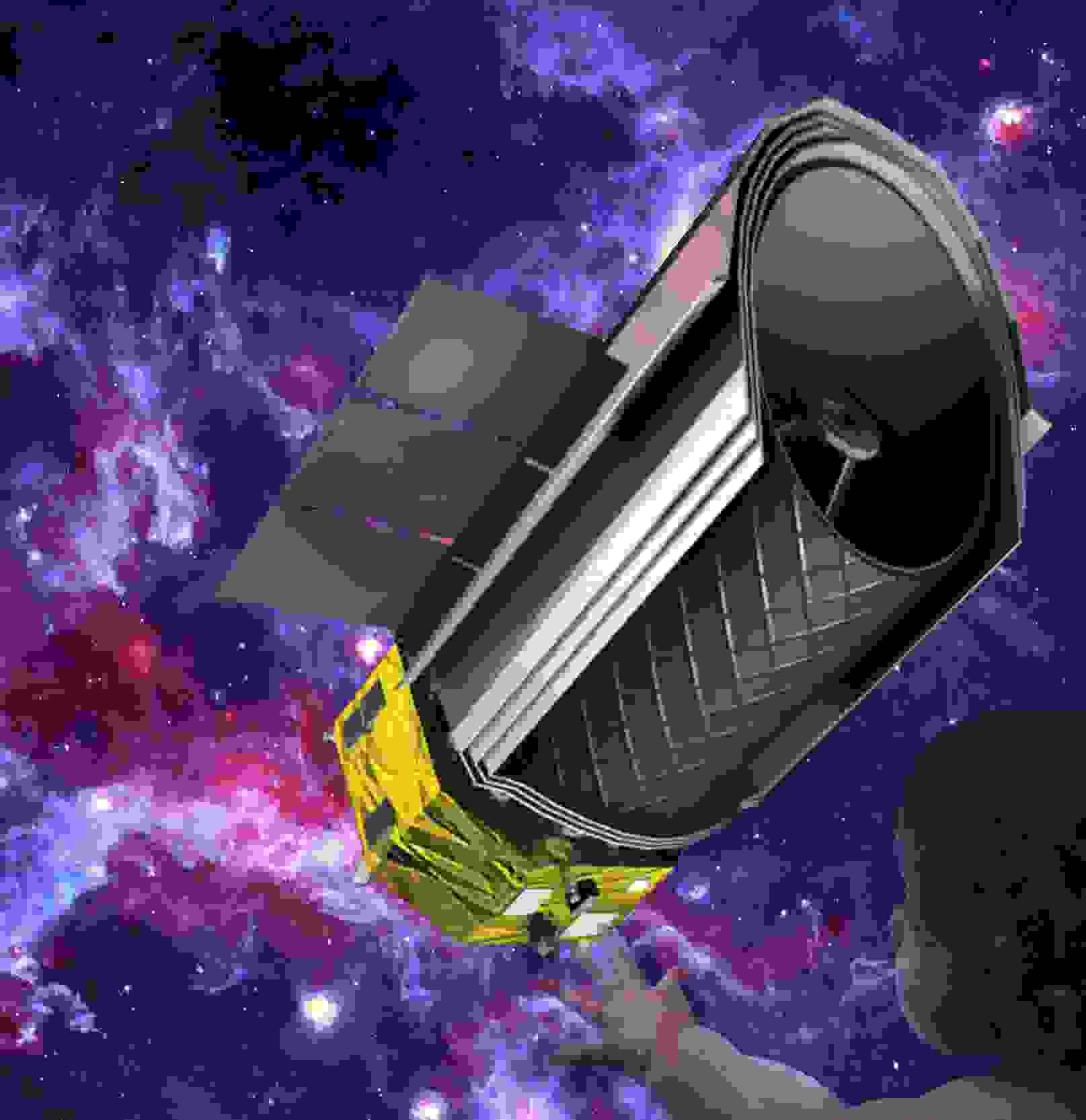SRON Netherlands Institute for Space Research receives 18 million euros for the contribution to SAFARI, the Dutch-European infrared spectrometer and supercamera on the Japanese space telescope SPICA. The research fund is coming from the Dutch National Roadmap for Large Research Facilities. The news was announced today by the Dutch ministry of Education, Culture & Science (OC&W) and the Netherlands Organisation for Scientific Research (NWO). With the subsidy the Dutch contribution to the Japanese space mission is secured.

Onboard SPICA, SAFARI will search for the earliest galaxies in the universe. The camera will take images of chemical fingerprints deep in the centre of these gigantic stellar disks in order to reconstruct their evolutionary history. Furthermore, the instrument will search for ice and water vapour in protoplanetary disks. The physical and chemical conditions in these discs ultimately determine the formation of planets.
SAFARI will be equipped with ultrasensitive detectors from SRON to gain maximum benefit from the deeply cooled mirror of SPICA (circa -267 °C). These transition edge sensors are the outcome of more than ten years of research and development. SRON is also leading the international consortium that is developing the entire SAFARI instrument. After its launch (mid-2020) SPICA/SAFARI will be able to look even deeper into the universe than its predecessors and with this rewrite the history of the cosmos. Both the European Space Agency ESA (SAFARI) and the Japanese space agency JAXA still need to give their final approval for the international mission. This is expected to happen in the spring of 2013. The necessary preparations for SAFARI are fully up and running within SRON.
Cosmology machine
‘Following the launch of the Herschel space telescope in 2009, SPICA/SAFARI is the biggest step forwards that you can still make in the infrared/submillimetre range with a single lens telescope,’ says Rens Waters, General/Scientific Director of SRON. ‘Dutch space research must play a role in this groundbreaking infrared mission if we wish to maintain our prominent international position.’
Principal Investigator Peter Roelfsema: ‘Due to its large cooled mirror SPICA is extremely sensitive. As we are no longer hindered by the heat radiation emitted by the telescope, we will soon be able to observe very weak sources that can scarcely be distinguished from the radiation matter in our own solar system emits in a wavelength range of 30-210 micrometres. Then we will be able to determine in considerable detail the physical and chemical composition of previously invisible objects in space. Furthermore, with SPICA we will no longer experience any inconvenience from the overlap of infrared sources, a problem that astronomers working with the Herschel telescope still have to contend with despite that space telescope’s fantastic performance. This makes SPICA/SAFARI the ideal cosmology machine.’
Twenty-seven large research projects have been awarded a place in the new National Roadmap for Large-Scale Research facilities. Today, five of these heard that they will receive funding. The financial contribution is for the construction or a substantial modification to an existing large research facility in the Netherlands that has an international status. This Roadmap is based on an advisory report written by the Meijer Committee for the Netherlands Organisation for Scientific Research (NWO).


